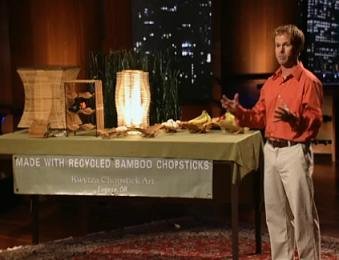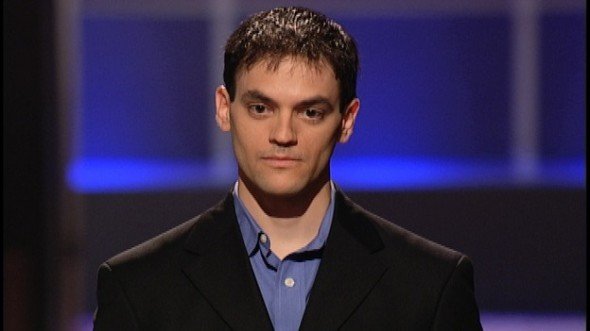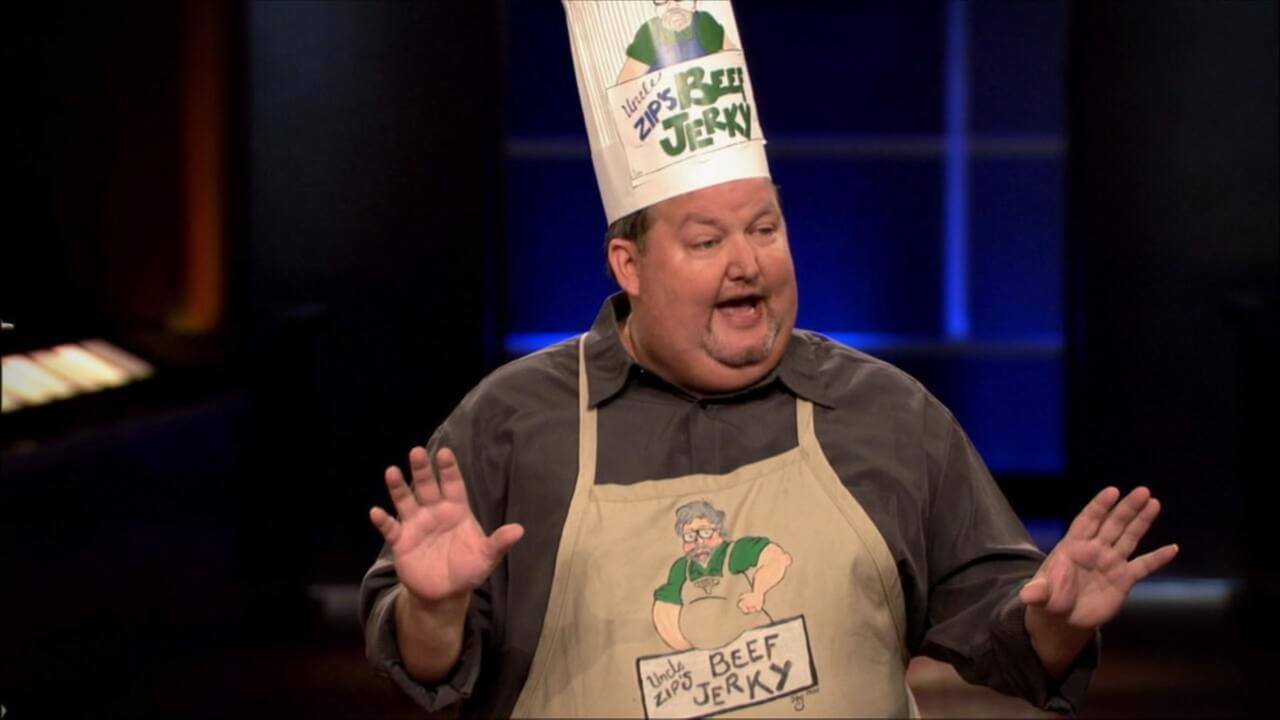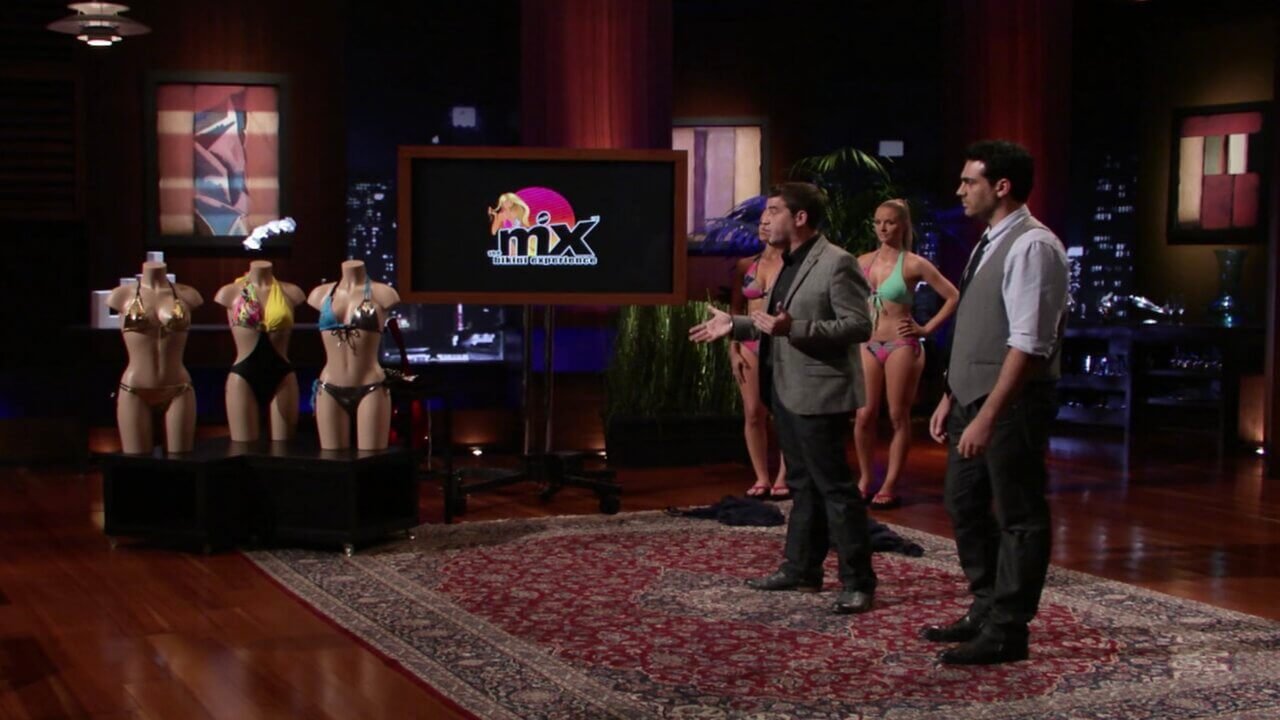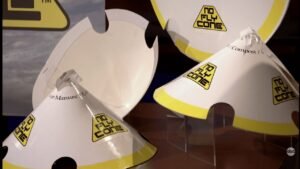You’ve heard the Shark Tank fairy tales—an inventor walks in, pitches some eco-thing, the Sharks bite, and everyone gets rich. Reality check: most founders walk out empty-handed. That’s not the end. Sometimes, that’s the beginning. Chopstick Art is your perfect case study. Let’s bust some myths and get into the real numbers, the grit, and what the cameras didn’t show.
Chopstick Art Before Shark Tank: Who’s Bryan Parks, and Why Bother?
Before Shark Tank fame, Bryan Parks wasn’t hustling for the usual riches; he was chasing a solution for an ugly problem. He’s an artist and a thinker from Eugene, Oregon, watching 25 billion pairs of chopsticks get trashed every year. So, he asked: Why not transform them into art and home goods?
You might roll your eyes at another recycler turned entrepreneur, but Bryan’s not doing side gigs in environmental guilt. He’s running a business where the trash is his supply chain’s gold mine.

Pitching to the Sharks: What Really Happened in That Tank?
Picture this: Shark Tank, Season 1, Episode 3. The panel—Kevin O’Leary, Barbara Corcoran, Daymond John, Robert Herjavec, and Kevin Harrington—are circling. Bryan walks in, looking to score $100,000 for 10% of Chopstick Art.
The reaction? Smirks at first. But then he drops the numbers—$500,000 in sales, basically zero spent on marketing. Suddenly, ears perk up. The Sharks respect his hustle, his vision, and his mission. But then comes the curveball. They all tap out, almost like clockwork. Why? It’s too small for us, they say, in unison.
It wasn’t that they didn’t like Bryan or the products. They just wanted bigger. This is classic Shark Tank—a solid founder, a real business, and the show still passes. That’s business—brutal, sometimes hilarious, often unfair.
Business By The Numbers: Revenue, Sales, and Net Worth
Let’s put the feel-good aside and talk facts: What’s Chopstick Art actually worth? Is this a business or a passion?
- Five years pre-Tank: $500,000 revenue
- 2021: About $200,000 annual revenue, according to SharkWorth’s latest update
- 2024: Estimated $1.6 million in all-time sales
Roll those numbers into a typical home goods margin, and we’re looking at a business with a net worth, by SharkWorth’s calculations, in the low six figures. Not retirement money, but not chump change either.
I’ve watched founders fudge numbers to look good on TV. Bryan didn’t. He knew his worth and the limits of his market—real talk, rare on prime time.
Who Runs This? Bryan Parks’ Story and His Relentless Grind
Bryan Parks isn’t some influencer-turned-founder. He’s an artist—literally. Art school, some restaurant stints, and a brain always spinning on how to make junk beautiful. This is the founder who shows up at every event, still does hands-on workshops, and probably cleaned chopsticks himself for years.
He’s the kind of builder who cares more about impact than Instagram likes. That’s why after his Shark Tank rejection, instead of whining about TV drama, he got back to work. I’ve seen founders crumble after public flops; he just doubled down.
Product Line: What Exactly Does Chopstick Art Sell?
Let’s break it down. What are you actually getting from Chopstick Art?
- Baskets (always a bestseller)
- Trivets and coasters
- Vases, trays, tableware
- Functional art home decor
Bottom line, if it can be made from a chopstick and look good on a shelf, it’s in their lineup. No gimmicks. It’s not a fidget spinner rebrand—people buy these as gifts, conversation starters, or decor with a conscience. The target: customers who want to talk about their impact—at the dinner table or on Instagram.
How Chopstick Art Makes Money
Forget make a product, run ads, get rich. Bryan’s business runs on three main fuel sources:
1. Website sales: Direct-to-consumer. You discover Chopstick Art, buy a product, tell your eco-friends.
2. Wholesale: Bryan went straight to small boutiques and gift shops. Great margins, reliable volume.
3. Restaurant partnerships: Over 200 restaurants supply used chopsticks. This is both a material pipeline and a killer branding story—partners love showing customers their trash got upcycled into art.
What keeps the lights on? A loyal core audience and consistent online sales. No viral explosion, just solid repeat business. That’s stayer power.

Chopstick Art in 2024: Success Without a Shark?
So, was the Shark Tank no a death sentence? Not even close. Here’s what Chopstick Art looks like now:
- Still active, still growing—no flake-out or shallow relaunch
- Expanded product line: More decor, kitchenware, even some custom art projects
- More restaurants on board—over 200 and counting supplying used chopsticks
- Hosting sustainability workshops (brand trust points you can’t fake)
- Online reviews stacked with praise
Is it explosive? No. Is it steady, profitable, and respected? Absolutely.
Where does it fit in the market? The sustainability boom isn’t just hype—it’s here. As consumers start putting dollars behind their values, shops like Chopstick Art stand out. It’s niche, but the niche is getting bigger every year.
What’s Next for Chopstick Art?
Smart founders play chess, not checkers. Here’s where Chopstick Art might be heading—risks included.
Opportunities:
- Expanding into corporate gifting (imagine eco-baskets with logo tags)
- Collabs with bigger lifestyle brands for limited runs
- Growing the online shop, maybe adding a subscription for collectors
- Licensing the upcycle model, putting other waste materials to use
Risks:
- Copycats. The idea’s simple; bigger players could steal the market with better distribution.
- Sourcing supply. What if competitors start fighting for those same chopstick deals?
- Scaling kills soul. Bryan’s brand thrives on personal touch and small batch authenticity. Mass production could backfire.
I’ve seen small eco-businesses get gobbled up or burn out—if Chopstick Art keeps its mission, it’ll keep its customer base.
Conclusion: The Real Lessons from Chopstick Art’s Journey
So, what’s the real takeaway here? If you’re thinking the only measure of success is Shark money, you’re missing the best lessons. Bryan Parks proved you don’t need billionaire backers to run a real, profitable company.
The Shark Tank bump is nice, but real growth happens after the spotlight fades. Chopstick Art kept its core—authenticity, hustle, and showing up for every single customer. Growth was steady, not viral. Profits are real, not maybe next quarter.
Would I copy Bryan’s every move? No—most people can’t handle this kind of grind, slow growth, or the patience it takes. But if you care about the long game? This is your blueprint. Build something only you can deliver, then outlast, out-care, and out-authenticate the competition.
If you want Shark Tank fame, go big. If you want a business that feels like your own and survives the hype? Do what Bryan did. Find your niche, obsess over your product, know your numbers—then put your head down and work.
FAQs
1. Is Chopstick Art from Shark Tank still operating?
Yes, Chopstick Art is alive and thriving as of 2024—steady sales and new products keep rolling.
2. Did Bryan Parks ever get funding after Shark Tank?
No outside investors. Bryan bootstrapped, reinvested profits, and stayed independent.
3. How does Chopstick Art collect used chopsticks?
Over 200 partner restaurants save, clean, and deliver used chopsticks—keeping thousands out of landfills.
4. What are Chopstick Art’s best-selling products?
Their classic baskets, trivets, and vases are consistent bestsellers.
5. Did Shark Tank help the company’s sales?
Yes—even with no deal, the exposure brought more customers, restaurant partners, and press.
6. How big is the Chopstick Art team now?
Lean and mean—usually just a handful, with Bryan still deeply involved in every step.
7. Where can you buy Chopstick Art products?
The best source: their website. Select boutiques and specialty stores carry their goods, too.
8. What is Bryan Parks’ background before starting Chopstick Art?
He’s an artist by training, with hands-on experience working in restaurants.
9. Is Chopstick Art profitable today?
Yes—by all public indicators, it’s profitable and sustainable. Bryan’s built a lasting business outside the Shark Tank system.
If you want more honest breakdowns on Shark Tank businesses—who’s still swimming, who’s sunk, and why—check SharkWorth for real stats, not just TV script drama.

